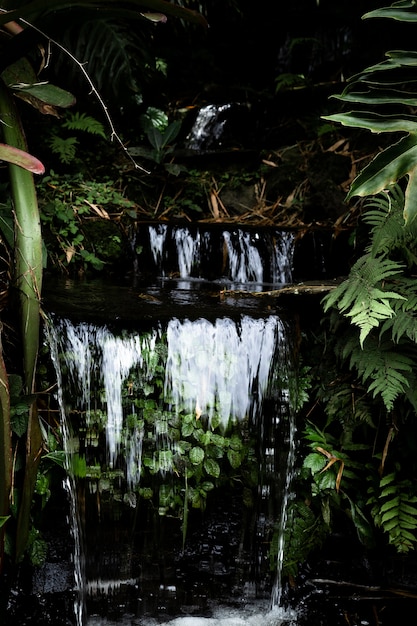Exciting Facts About the Tropical Rainforest

The tropical rainforest is home to more than half of the world’s plant and animal species.
The Amazon rainforest is known as the lungs of the Earth due to its role in producing oxygen.
Tropical rainforests receive an average of 80 inches of rainfall per year.
Rainforests are often referred to as the Earth’s biodiversity hotspots.
The canopy layer of the rainforest is home to a complex network of plants, birds, and insects.
One square mile of rainforest may contain over 50,000 insect species.
More than 2,000 different species of butterflies can be found in the rainforest.
The rainforest is the oldest ecosystem on Earth, dating back over 70 million years.
Over 25% of natural medicines are derived from rainforest plants.
The world’s largest flower, the Rafflesia arnoldii, can be found in the rainforest.
Rainforests are a vital source of fresh water, providing water to rivers and streams.
Rainforests are a crucial carbon sink, helping to regulate the Earth’s climate.
The rainforest holds immense cultural and spiritual significance for indigenous communities.
The Amazon rainforest alone is home to over 400 indigenous tribes.
The toucan, with its vibrant beak, is an iconic bird species found in the rainforest.
Approximately 80% of the traditional food consumed by Indigenous people comes from the rainforest.
The rainforest is a haven for orchids, with over 25,000 known species.
Exciting Facts About the Tropical Rainforest part 2
The poison dart frog, known for its bright colors, is found in the rainforest.
The world’s largest rodent, the capybara, can be spotted in the rainforest.
The rainforest is home to the world’s smallest primate, the pygmy marmoset.
The endangered jaguar is a top predator in the rainforest.
The rainforest is a symphony of sounds, with various birds, insects, and animals contributing to the cacophony.
The soil in the rainforest is nutrient-poor, with the majority of nutrients stored in the plants themselves.
The rainforest is a natural air purifier, filtering pollutants and providing clean air.
Deforestation is a major threat to the rainforest, with an estimated 17% already lost.
The rainforest is a paradise for birdwatchers, with over 1,300 bird species documented.
The rainforest is home to the largest rodent in the world, the capybara.
The rainforest is a treasure trove for explorers, with new species being discovered regularly.
The rainforest acts as a natural buffer against extreme weather events, such as hurricanes and floods.
The rainforest is a vibrant ecosystem, with each species playing a crucial role in maintaining balance.
The rainforest is a living laboratory for scientists studying biodiversity and ecology.
Rainforests are often called the pharmacies of the future due to their potential for medical discoveries.
The rainforest houses the world’s largest amphibian, the giant waxy monkey tree frog.
Many tropical rainforest plants have adapted to have waxy leaves, allowing them to retain water more efficiently.
The rainforest is home to the world’s longest snake, the reticulated python.
The rainforest is an intricately woven tapestry of life, where every organism is interconnected.
The vibrant colors of tropical rainforest flowers serve as a means of attracting pollinators.
The rainforest floor is teeming with life, from fungi and bacteria to decomposers breaking down organic matter.
Many commercially important crops, such as bananas and cocoa, originated in the rainforest.
The rainforest is a natural library, holding immense knowledge of traditional medicinal plants.
The rainforest is an oasis of green, providing a sanctuary for countless species on Earth.
The three-toed sloth, known for its slow movements, is an iconic rainforest resident.
The rainforest has a unique smell, with a combination of vegetation, humidity, and earthy aromas.
The rainforest is a constant battleground for survival, with fierce competition for resources.
Rainforests captivate the imagination with their beauty, mystery, and awe-inspiring biodiversity.

